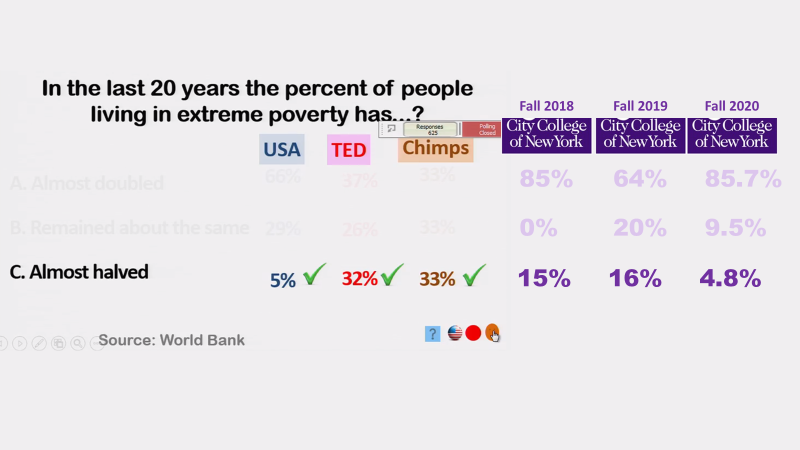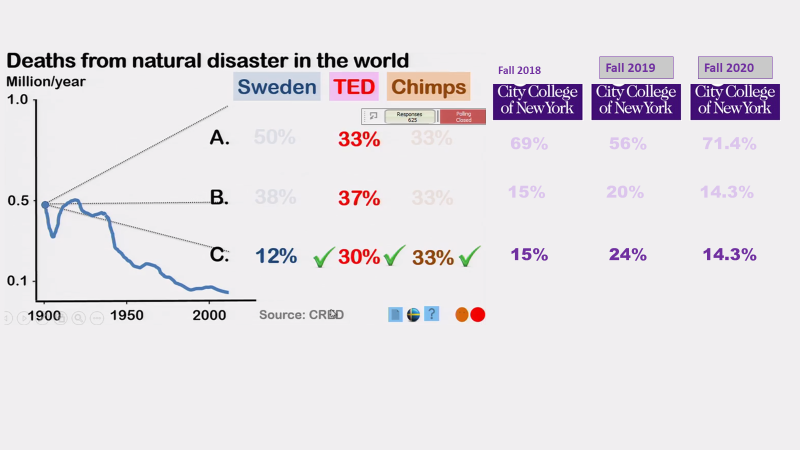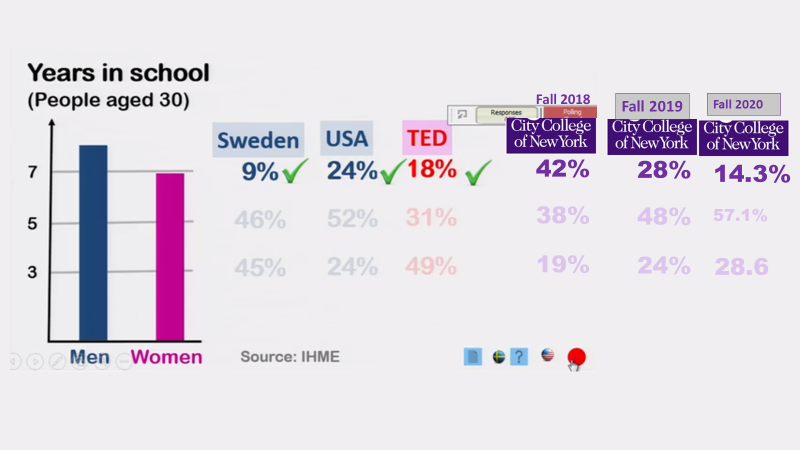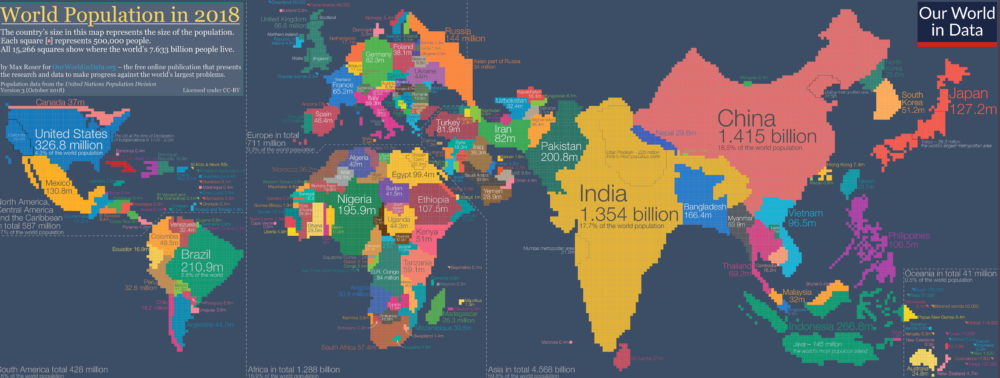This week we are discussing the Introduction and Chapter 1 from Anthony Atkinson’s Book Inequality: What Can be Done?
After going through the reading for this week, you should go over the PowerPoint slide presentation with voiceover that I prepared which you can access through this link
Now, watch the Ted Talk below. In this Ted Talk Hans Rosling discusses important trends in World developments in the last Century.
You might have noticed that the questions asked by Hans Rosling in the Ted Talk are the same I asked you all today. Check out your answers and how they compare to the Ted Talk audience and previous Global Inequality classes at CCNY.



This week we are discussing the definition of inequality. It is important to know the conceptual difference between inequality and poverty. We will discuss more on that next week, but to get you all thinking more about these definitions in a world perspective, I want you to watch the two videos below. The theme of both is child poverty, but in very different contexts.
Finally, I want to end this week’s lecture post with this Ted Talk by Chimamanda Ngozi Adichie. Both this Ted Talk and Hans Rosling’s talk emphasize the importance of your own worldviews and narratives. I can share the main concepts and explain basic terminology from each reading, but each and every single one of you will have a singular interpretation and bring unique issues to light, based on your own personal history, knowledge, experiences and worldviews. Hopefully this course will help us move away from the “dangers of a single story”.
Lecture Posts Questions:
On the comments section below, address the following questions (answers should be at least 100 words in length) – This is how participation points are assessed. Please save your comments in a safe document before attempting to post it.
- Do you agree with Atkinson when he says that “If we are concerned about equality of opportunity tomorrow, we need to be concerned about inequality of outcome today”? Why?
- How can equality of outcomes be achieved?
- In the two short-videos on poverty both discuss the same theme, but one looks at at a case in one of the poorest countries in the world, and another one in the richest countries in the world. How is the poverty in one scenario different from the other? What do you think are the long-run implications of these differences for these children’s lives?
- What is still unclear? Any concepts, terminology or graphs in the reading that you had a hard time understanding? Any other comments or thoughts you would like to add?


